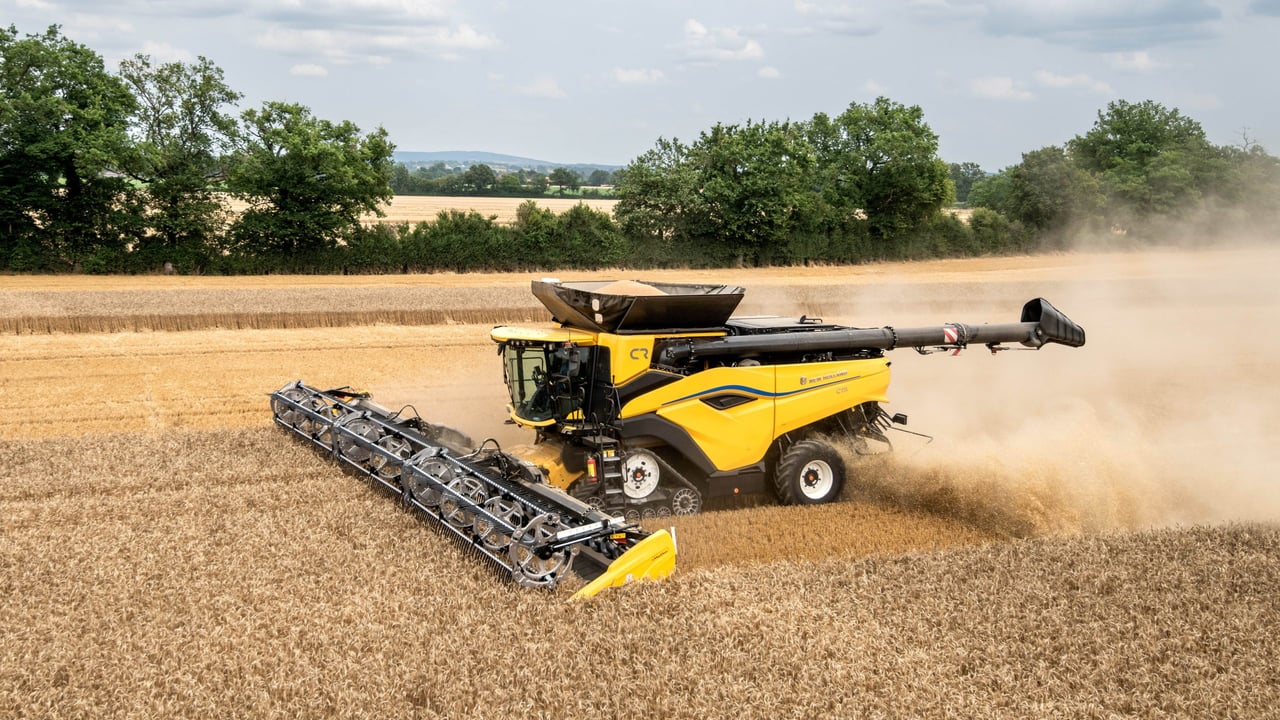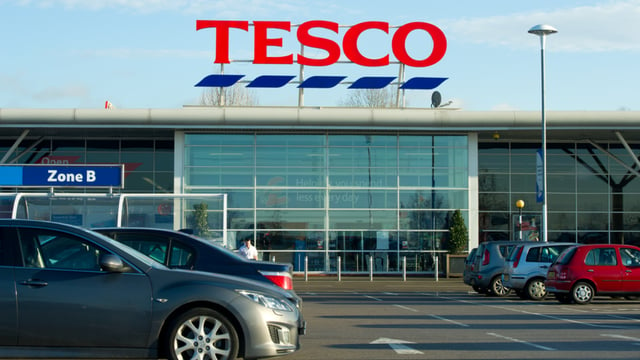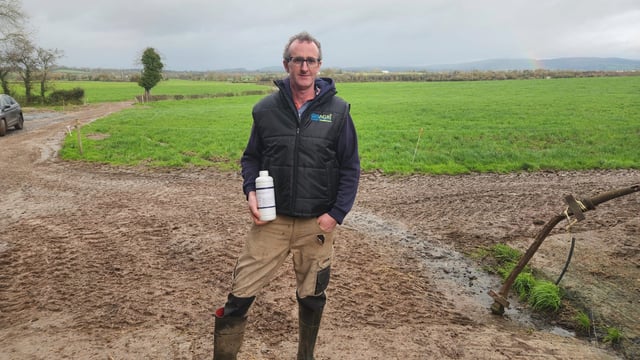Opinion: The long run-in to harvest starts now
For the most part, cereal growers have their 2024/205 field work in the rear-view mirror - the long run-in to harvest starts now.
Final yields and grain quality will depend on the weather over the coming weeks, as heavy rains and winds can still flatten crops.
And, of course, a harvest wash-out is the sting in the tail that every tillage farmer dreads.
There is little doubt that winter cereal crops should yield well. They got the perfect start last autumn and the dry conditions of recent weeks did little to hinder growth rates.
However, where late-sown spring barley is concerned, the jury is out in terms of their final performance.
Harvest hopes
The key challenge facing growers of these crops over recent days has been that of matching current yield potential with the inputs that have been applied; specifically, fungicides, plant growth regulators, trace elements, and herbicides.
Balancing costs with envisaged crop returns gets to the very heart of modern cereal production.
Tillage farmers know that international grain markets remain in the doldrums. So they need a bumper harvest to compensate for this.
But, on the upside, straw prices remain very buoyant. And there remains the welcome support of the straw incorporation measure to further bolster tillage returns in 2025.
Homegrown grain
Meanwhile, the Irish crops’ industry remains in limbo from a strategic development perspective.
The work of the Food Vision Tillage Group has identified numerous ways in which government support and guidance can be used to significantly boost the prospects of the sector.
It is fundamentally recognised that enhanced levels of crop production will act to significantly reduce the carbon footprint of Irish agriculture as a whole.
So a very fundamental question arises - why has more not been done to expand the tillage sector while also delivering enhanced prices for growers?
For sure, if the Irish dairy sector could come up with one or two magic bullets to significantly reduce the environmental impact of that industry, the relevant farmers and processers would be calling for enhanced milk prices as a matter of priority.
And the same principle would hold for Ireland’s beef, lamb, pig, and poultry industry.
But is all of this a case of not seeing the wood for the trees?
The reality is that using more homegrown grain delivers that all important carbon footprint for all the livestock sector.
All that is required to make this happen is for Irish livestock farmers to pay a realistic price for native grains post harvest.
It is a pretty simple principle, and one that does not require loads of post-doctoral scientists and technologists to deliver it.





